Horse-Drawn Carriages
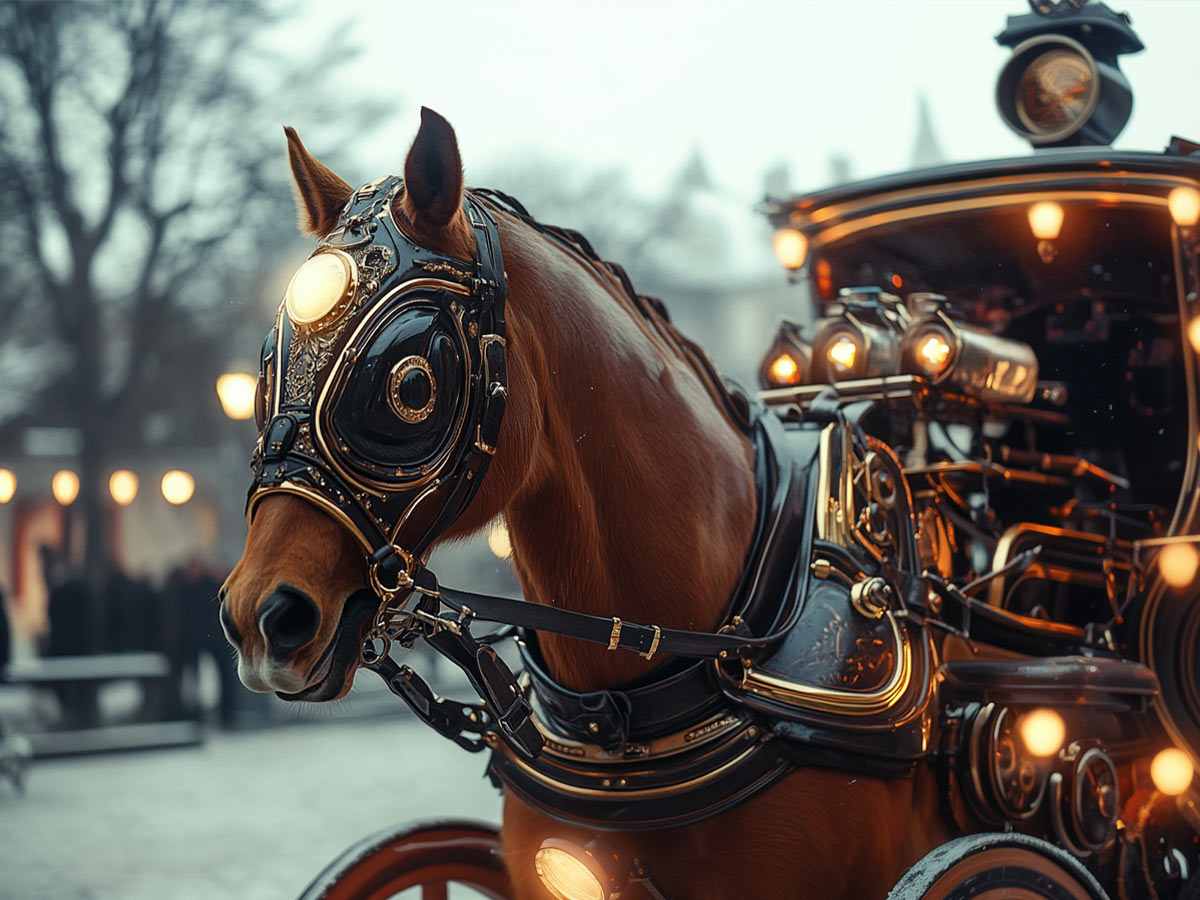
In the future, horse-drawn carriages may experience a rehaul, blending nostalgia with modern technology. These classic vehicles could be equipped with electric assist motors to reduce strain on horses and improve efficiency. Carriages might feature climate control, GPS navigation, and augmented reality windows displaying historical information.
Some cities might reintroduce them for eco-friendly tourism or special events. High-end models could offer luxurious interiors with entertainment systems and refreshment services. Smart harnesses could monitor horse health in real time. Despite technological advancements, the charm of clip-clopping hooves and the gentle sway of the carriage will remain, offering a unique way to experience both past and future.
Subways
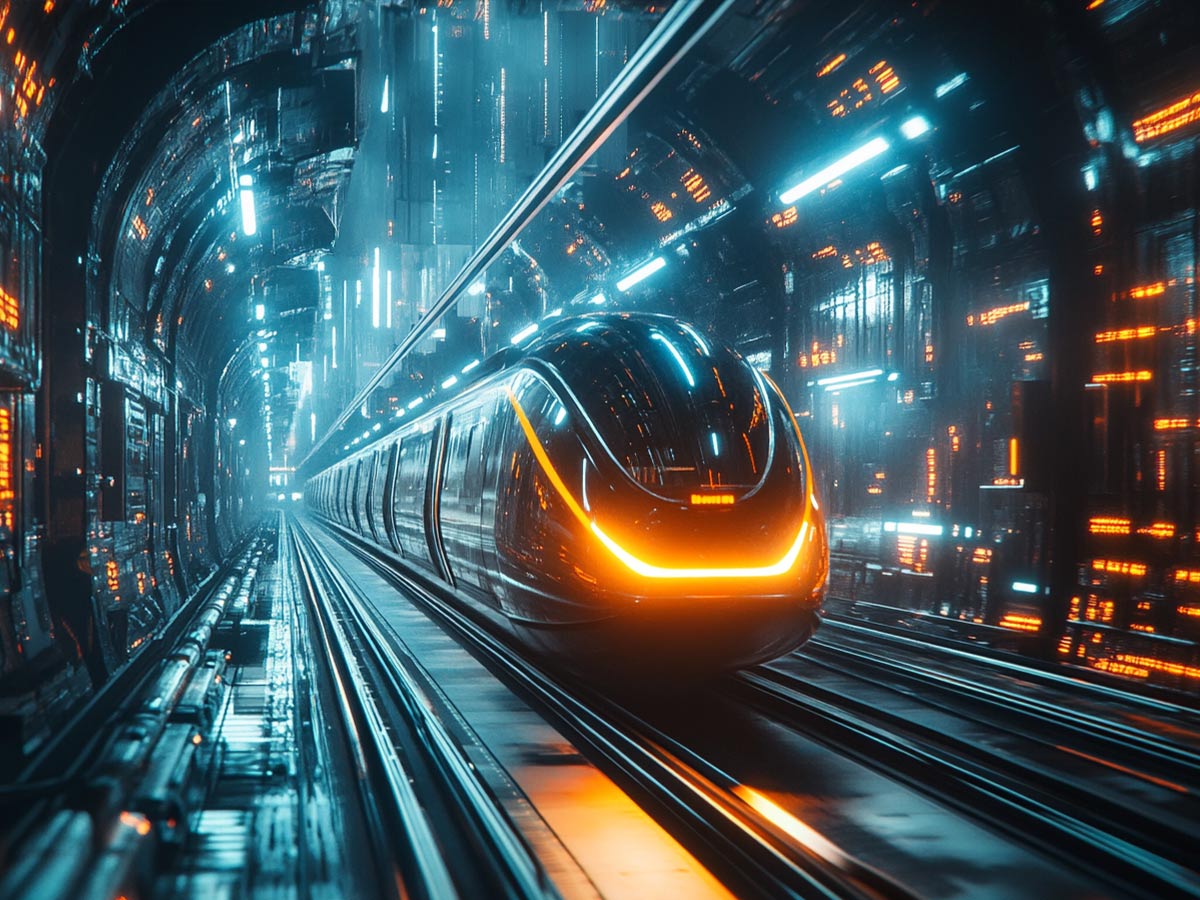
Future subways will likely be marvels of efficiency and technology. Fully automated trains will navigate complex underground networks with precision, guided by AI systems that optimize routes and schedules in real time. Stations could feature advanced crowd management systems, using predictive analytics to prevent congestion. Improved ventilation and air purification systems will ensure a comfortable, healthy environment.
Trains might utilize magnetic levitation technology for smoother, quieter rides. Underground tunnels could be lined with digital screens, creating immersive environments or displaying useful information. High-speed sections might connect distant suburbs to city centers in minutes.
High-Speed Trains

High-speed trains of the future will redefine long-distance travel. Maglev technology will become widespread, allowing trains to reach unprecedented speeds of 600 mph or more. These trains will glide silently through vacuum tubes, reducing air resistance and energy consumption. Interiors will offer luxurious amenities, including virtual reality entertainment, holographic meeting rooms, and gourmet dining cars.
Modular designs might allow carriages to detach and reattach en route, enabling non-stop journeys to multiple destinations. Advanced suspension systems will ensure a smooth ride even at extreme speeds. Cross-continental networks could make international train travel a viable alternative to flying.
Cars
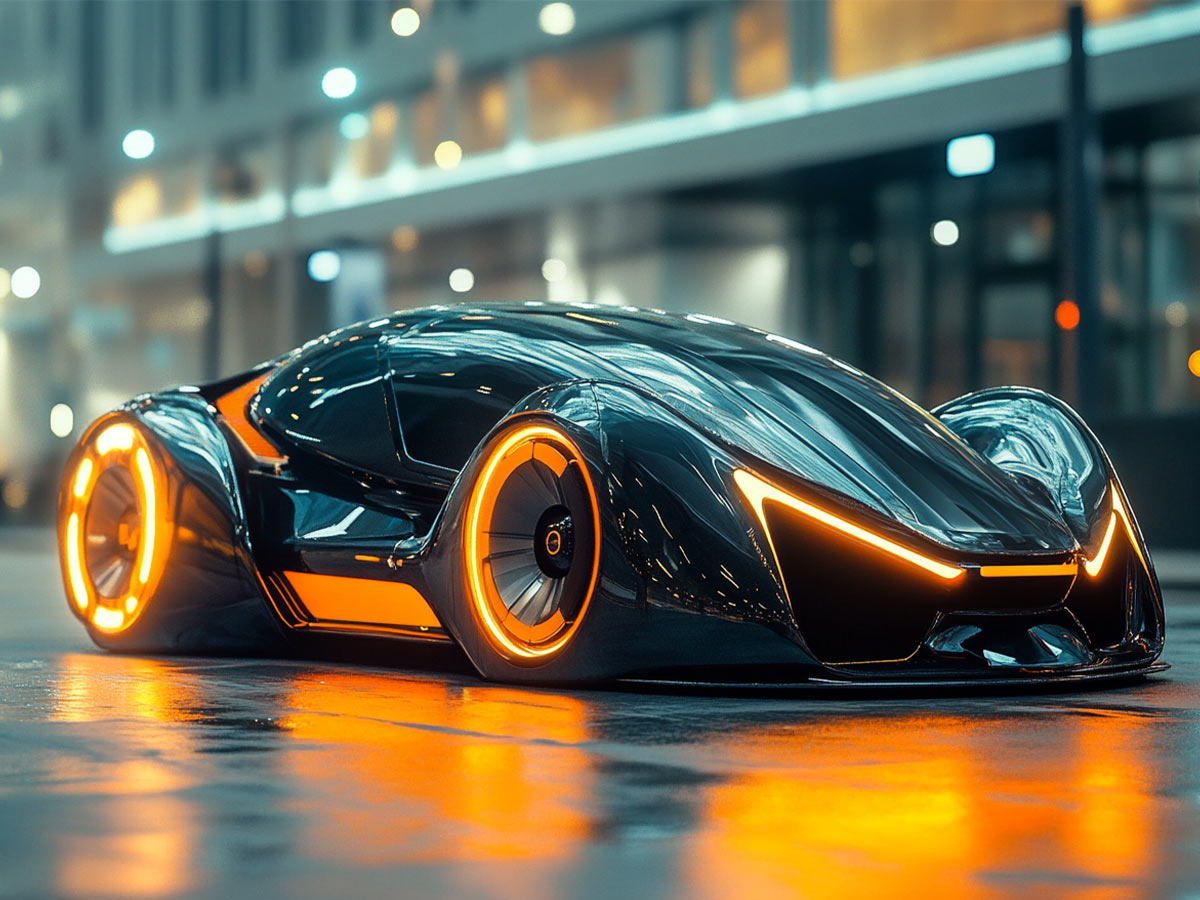
Future cars will be technological marvels on wheels. Fully autonomous vehicles will navigate complex urban environments using a combination of AI, advanced sensors, and real-time data from smart city infrastructure. Electric powertrains will be the norm, with ultra-fast charging capabilities and extended ranges.
Interiors will transform into mobile living spaces, with reconfigurable seating, augmented reality windshields, and holographic displays. Exterior surfaces might change color or display messages using e-ink technology. Advanced materials will make cars lighter, stronger, and self-repairing. Vehicle-to-vehicle communication will enhance safety and traffic flow. Biometric security and personalized user profiles will become standard features.
Autonomous Boats

Autonomous boats will revolutionize maritime transportation and recreation. Advanced AI systems will navigate waterways with precision, avoiding obstacles and optimizing routes for efficiency. These vessels will use clean energy sources like solar, wind, and hydrogen fuel cells.
For cargo transport, massive autonomous ships will traverse oceans, coordinating with smart ports for seamless loading and unloading. Recreational craft may offer hands-free boating experiences with voice-activated controls and auto-docking capabilities. Safety features will include advanced weather prediction systems and self-deploying life rafts. Some boats may be amphibious, transitioning between water and land. Underwater drones could accompany boats for maintenance and exploration. Floating autonomous platforms might serve as mobile bases for research or leisure activities.
Luxury Cruise Ships
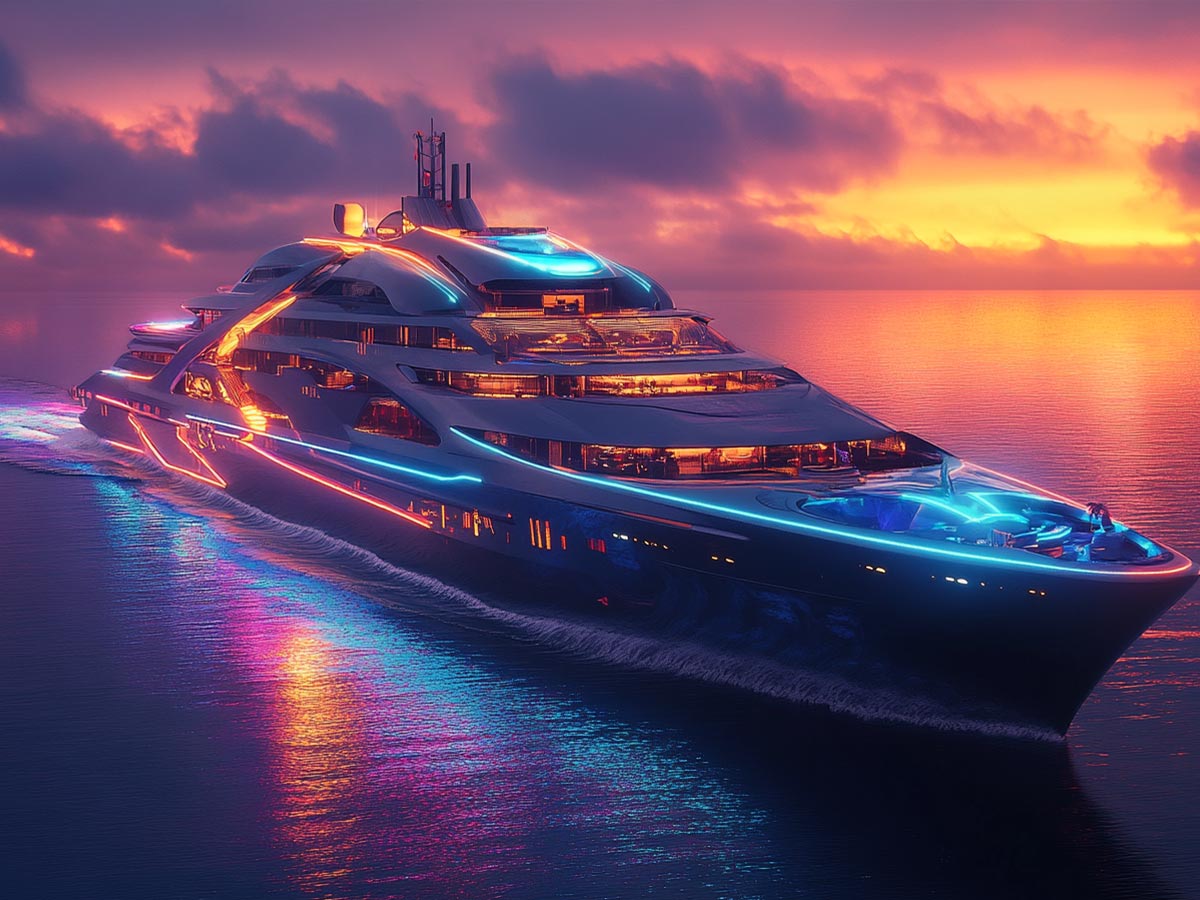
Future luxury cruise ships will be floating cities of extravagance and innovation. These colossal vessels will feature vertically stacked neighborhoods, each with unique themes and experiences. Zero-gravity simulation chambers could offer space-like adventures. Underwater observation decks and submarine excursions will provide immersive ocean experiences.
Advanced waste management and desalination systems will make ships nearly self-sufficient. Holographic entertainment venues will host spectacular shows. Personalized AI concierges will cater to every guest's needs. Modular designs might allow sections of the ship to detach for specialized excursions. Robotic staff could complement human crew members. Advanced stabilization systems will ensure smooth sailing even in rough seas.
Planes
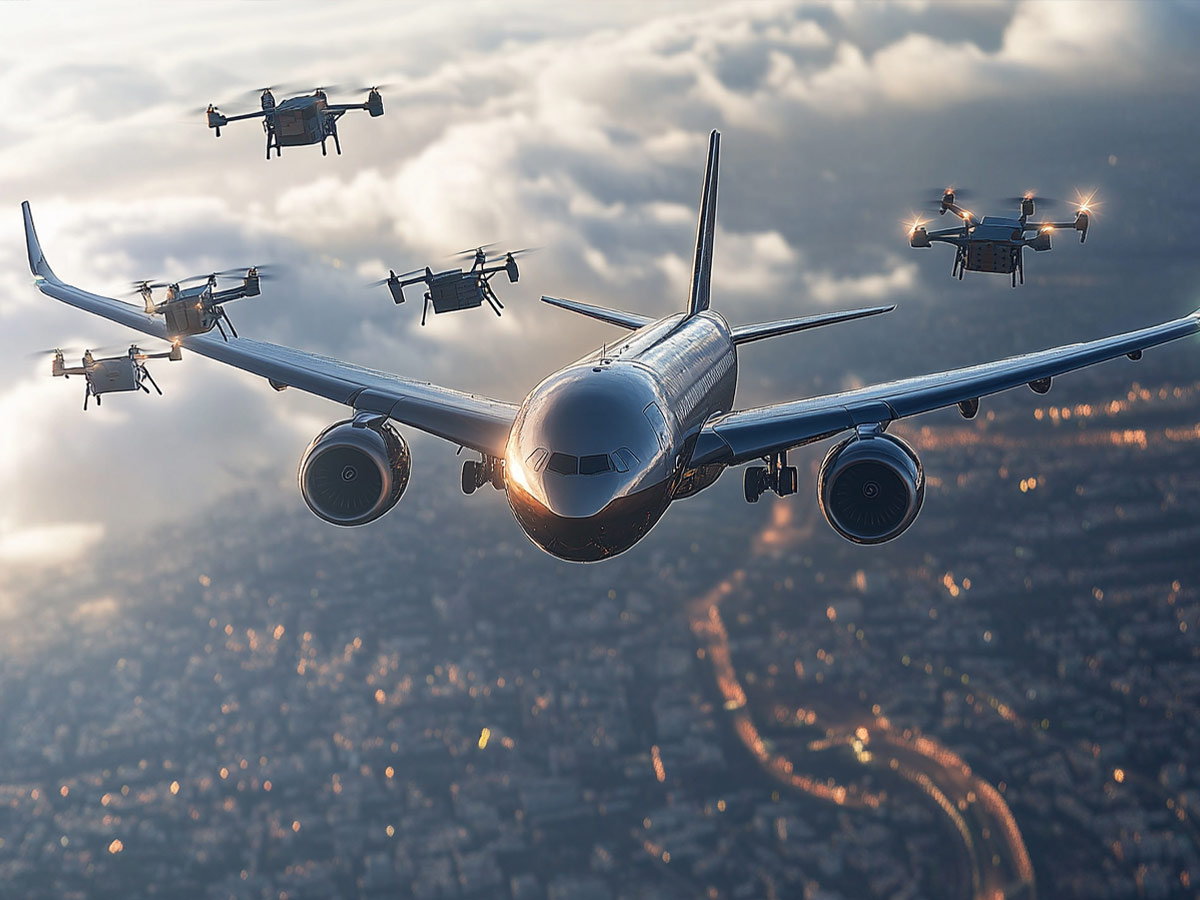
The airplanes of tomorrow will push the boundaries of speed, efficiency, and comfort. Supersonic and hypersonic passenger jets will make transcontinental travel a matter of hours. Electric and hydrogen-powered aircraft will significantly reduce emissions and noise pollution. Flexible wing designs inspired by birds could improve maneuverability and fuel efficiency.
Cabins will feature large, electrochromic windows and customizable personal spaces. Advanced air purification systems will ensure a healthier environment. Some planes might have detachable cabin modules for faster boarding and disembarking. Autonomous piloting systems will become the norm, with human pilots serving as supervisors. Vertical takeoff and landing capabilities could allow planes to operate from smaller, urban airports.
Commercial Jets
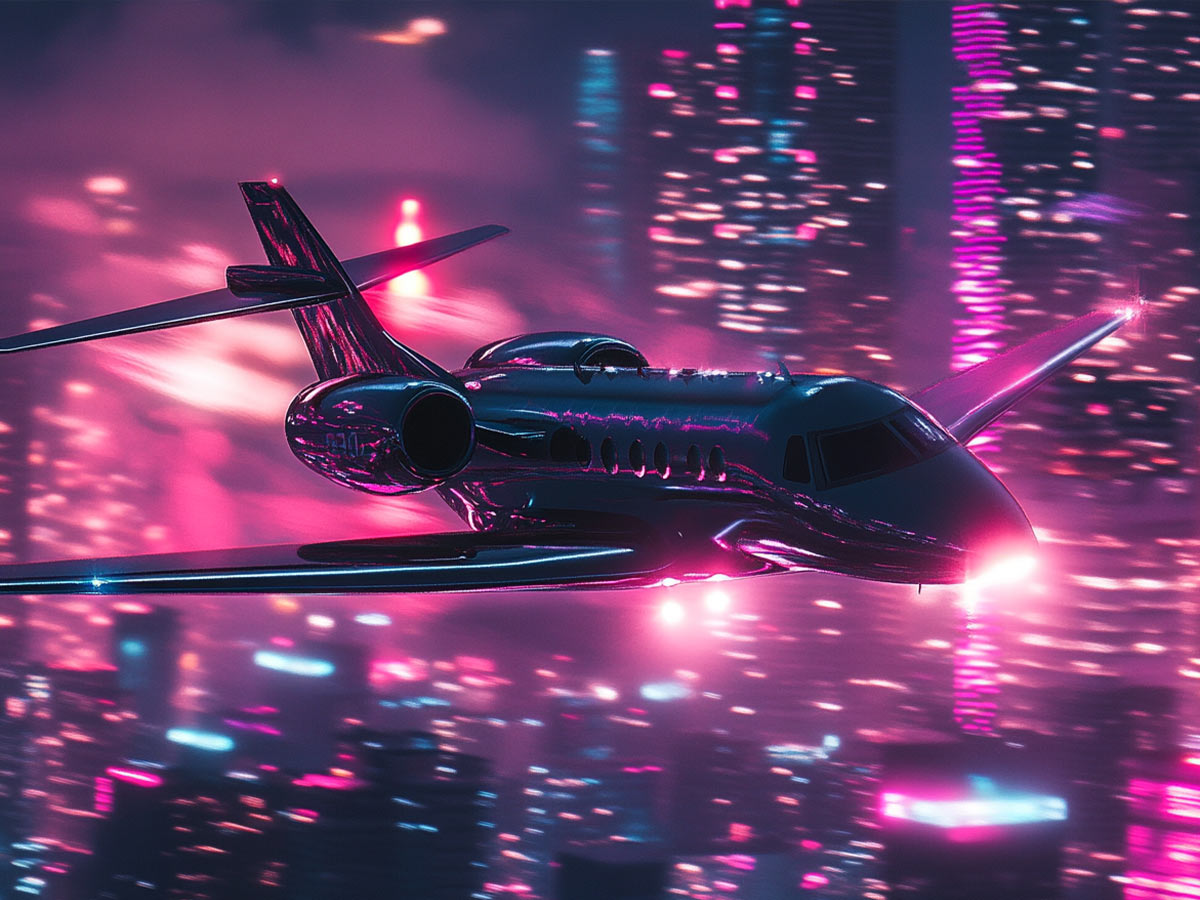
The commercial jets of the future will prioritize speed, efficiency, and passenger experience. Supersonic travel will make a comeback, with new designs minimizing sonic booms. Some planes might use hybrid-electric propulsion systems, significantly reducing emissions. Biofuels and hydrogen power could become common for longer flights. Cabin interiors will be highly customizable, with modular seating that can be rearranged for different purposes.
Smart materials in the fuselage could change transparency, offering panoramic views or privacy at the touch of a button. In-flight entertainment will evolve to include virtual reality experiences and holographic communications. Advanced air purification systems will ensure a healthier cabin environment. Some planes might feature detachable cabin modules for faster boarding and disembarking. Artificial intelligence will play a larger role in flight operations, from route planning to predictive maintenance.
Flying Cars

Flying cars, long a staple of science fiction, will finally become a practical reality. These vehicles will seamlessly transition between ground and air travel, using electric vertical takeoff and landing (eVTOL) technology. Advanced AI systems will handle navigation and collision avoidance in three-dimensional space. Geofencing and smart air traffic management will ensure safety in urban environments
Interiors will be designed for both driving and flying comfort, with convertible seating arrangements. Noise-canceling technology will make them surprisingly quiet. Some models may be amphibious, capable of water landings. Personal flying cars will likely be limited to short distances, while larger "air taxis" could serve as urban mass transit. Integration with existing transportation networks will be crucial for widespread adoption.
Hyperloop

The Hyperloop will revolutionize long-distance travel, offering airplane speeds at ground level. Passengers will travel in sleek pods through low-pressure tubes, reaching speeds of up to 760 mph. Magnetic levitation and propulsion will ensure a smooth, quiet ride. Stations will be integrated into city centers, with rapid boarding and disembarking processes.
Inside the pods, passengers will enjoy comfortable seating, entertainment systems, and potentially even augmented reality windows simulating external views. The Hyperloop network could eventually span continents, dramatically reducing travel times between major cities. Energy-efficient design and potential solar power generation along tube routes will make it an eco-friendly option. Cargo versions of the Hyperloop could transform logistics and supply chains.
Teleportation
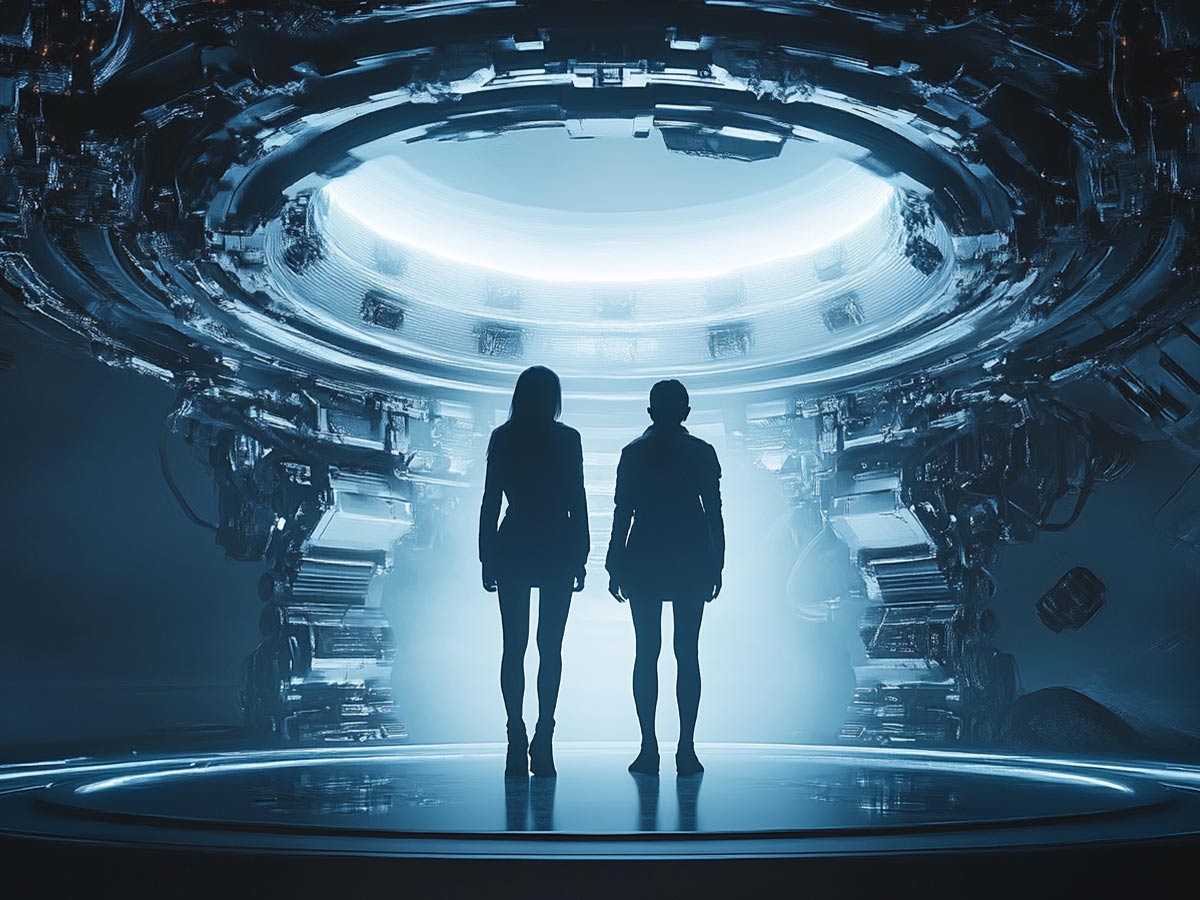
While still in the realm of theoretical physics, teleportation could revolutionize transportation if realized. Initial applications might involve quantum teleportation of information rather than matter. As technology progresses, it could evolve to teleport small particles, then larger objects, and eventually living organisms.
Teleportation stations could replace traditional transport hubs, instantly connecting distant locations. The technology could eliminate the need for physical infrastructure like roads and railways. Ethical and philosophical questions about the nature of consciousness and identity would need to be addressed. Safety protocols would be paramount to prevent accidents or malicious use. The energy requirements for teleportation might be enormous, necessitating new power generation methods. If achieved, teleportation would fundamentally reshape society, economics, and our relationship with distance and time.
Space Ships
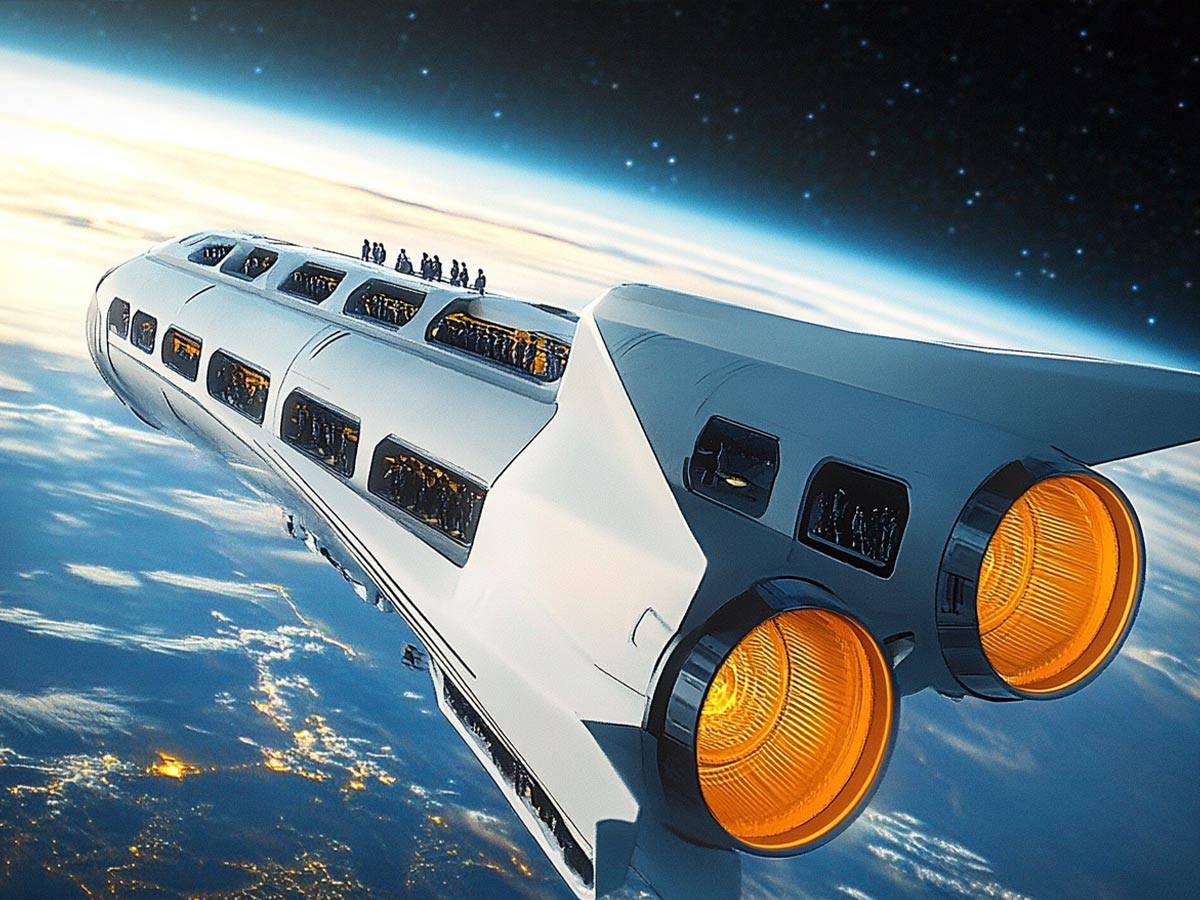
Future spaceships will make interplanetary travel a reality for civilians. Reusable launch systems and in-orbit refueling will dramatically reduce costs. Nuclear propulsion or advanced ion engines could significantly shorten travel times to Mars and beyond. Artificial gravity systems will improve long-term health for passengers and crew.
Radiation shielding and advanced life support systems will ensure safety on extended journeys. Modular designs will allow for customizable interiors, from luxury suites to scientific laboratories. Some ships may be assembled in orbit, never landing on planets. Virtual reality systems could help combat isolation during long voyages. Robotic assistants will handle maintenance and emergency repairs.
Space Elevators
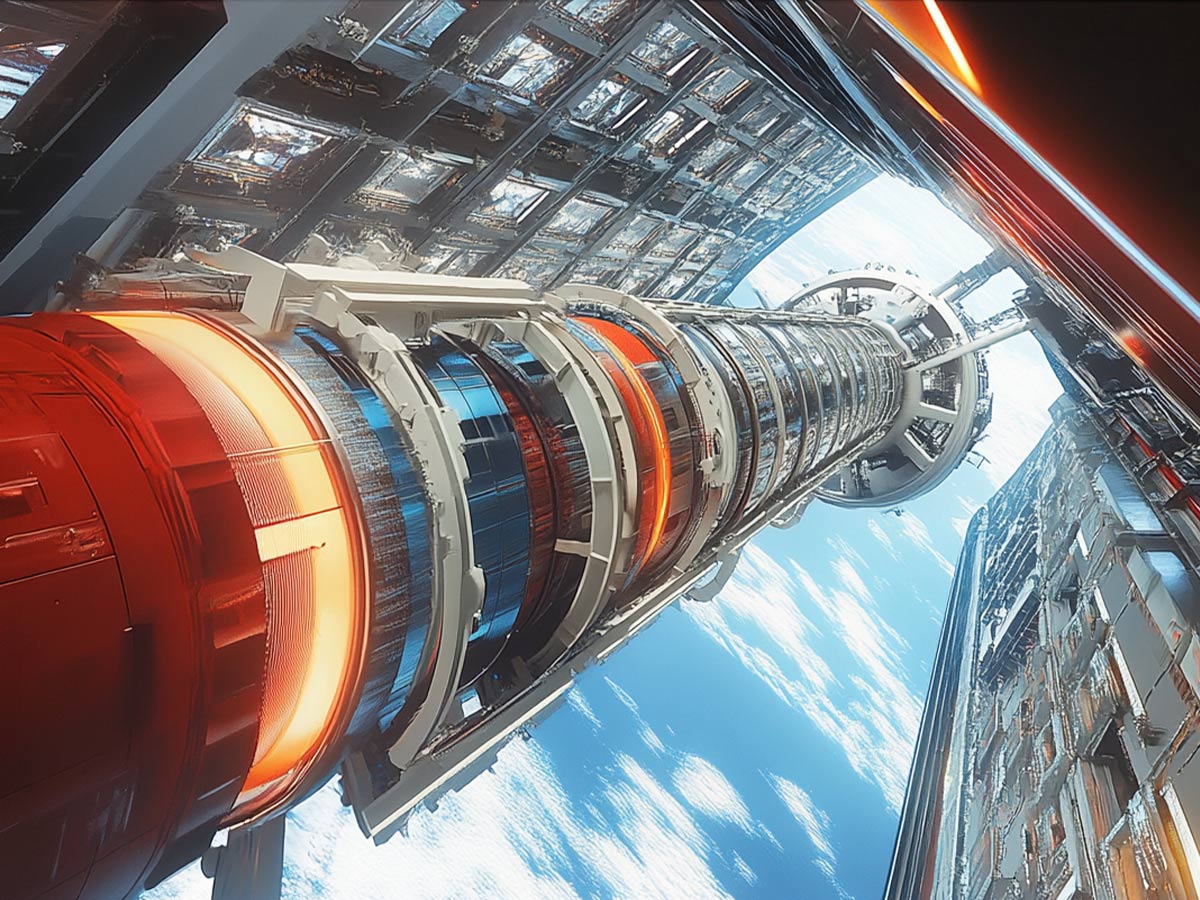
Space elevators, once considered pure science fiction, may become a reality in the future. These massive structures would stretch from Earth's surface to a counterweight beyond geostationary orbit. Elevator cars would climb along a super-strong tether, likely made of advanced materials like carbon nanotubes. The journey could take days, with passengers enjoying Earth views from progressively higher altitudes. Multiple elevator tracks could support simultaneous ascent and descent.
The space station at the top would serve as a hub for orbital manufacturing, research, and departures to other celestial bodies. Solar panels along the elevator could generate power for both the structure and Earth. The elevator would dramatically reduce the cost of putting payloads into orbit, revolutionizing space exploration and industry.
Autonomous Delivery Vehicles

The future of last-mile delivery will be dominated by autonomous vehicles. Fleets of self-driving vans, robots, and drones will work in concert to efficiently distribute packages. Ground-based robots will navigate sidewalks and building interiors, using AI to avoid obstacles and interact with humans. Aerial drones will handle rapid deliveries and reach remote areas.
Some delivery vehicles may be modular, with detachable cargo pods that can be picked up by different vehicles or robots. Smart lockers integrated into buildings will serve as secure drop-off points. Advanced route optimization algorithms will reduce traffic congestion and energy consumption. These systems will operate 24/7, significantly reducing delivery times.
Monorails
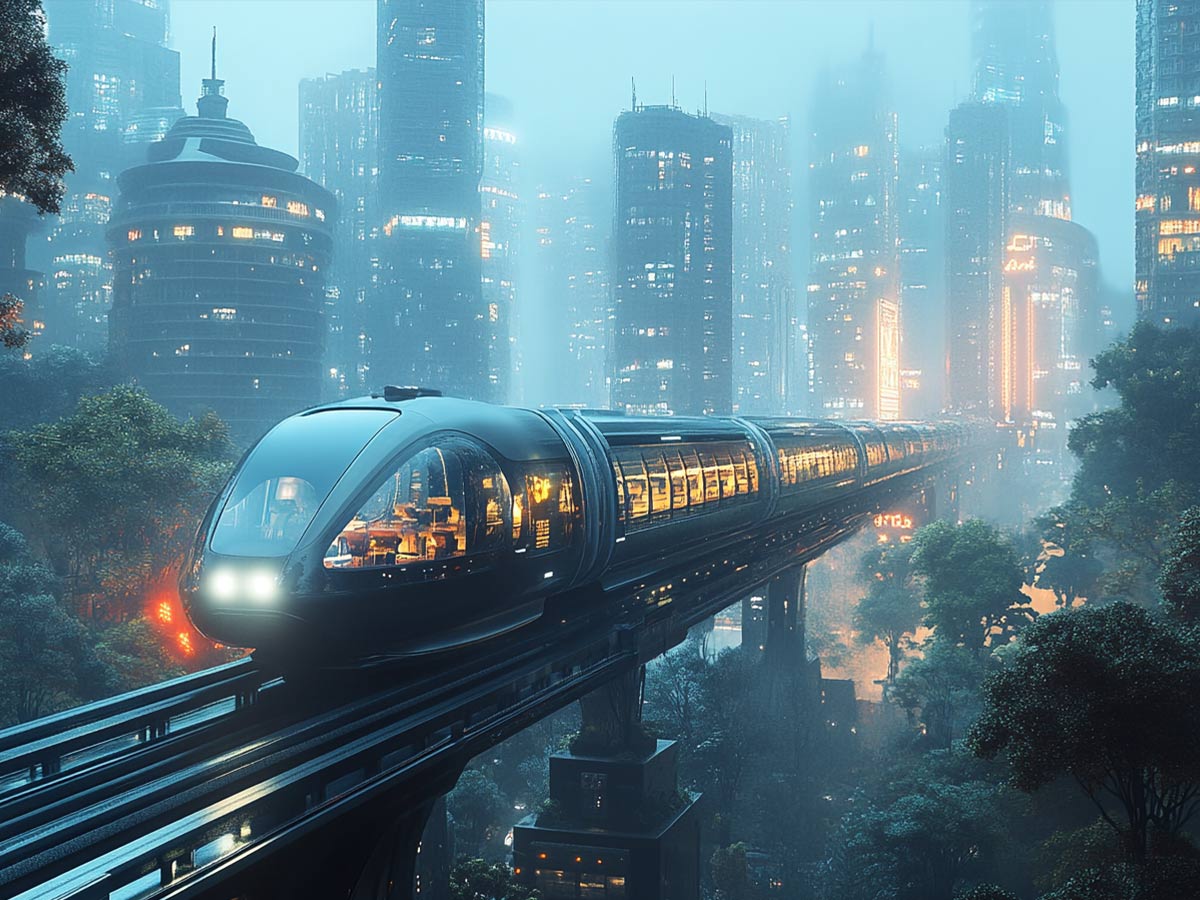
Future monorails will evolve into sleek, efficient urban transport systems. Elevated tracks will reduce ground-level congestion while offering panoramic city views. Advanced maglev technology could allow for higher speeds and smoother rides. Cars might feature floor-to-ceiling windows with augmented reality displays providing information about passing landmarks.
Solar panels integrated into the track infrastructure could power the entire system. Smart scheduling algorithms will minimize wait times and optimize passenger flow. In tourist areas, themed monorails might offer immersive experiences, such as virtual time travel through a city's history.
Jetpacks

Personal jetpacks will transition from novelty to practical transportation option in urban environments. Advanced propulsion systems will make them more fuel-efficient and quieter. AI-assisted navigation and obstacle avoidance systems will ensure safety in crowded airspace. Jetpacks could be electric-powered, with rapid charging capabilities. Some models might be hybrid designs, functioning as both jetpacks and powered exoskeletons for enhanced ground movement.
Augmented reality helmets will provide navigation data and communication capabilities. Emergency parachute systems and airbag technology will be standard safety features. Specialized landing pads on buildings will accommodate jetpack commuters. While primarily used for short urban hops, some high-end models might offer a longer range for recreation or emergency services.
Hoverboards

Future hoverboards will finally deliver on the promises of science fiction. Using advanced magnetic levitation or ion propulsion technology, these personal transport devices will float inches above the ground. They'll be highly maneuverable, responding to subtle shifts in the rider's body weight. Smart sensors will detect and avoid obstacles, while gyroscopic stabilization will help maintain balance.
Some models might transform into compact packages for easy carrying when not in use. Hoverboards could integrate with smartphones for navigation, performance tracking, and social features. Advanced materials will make them lightweight yet durable. While primarily used for short trips, some high-performance models might be capable of higher speeds and longer ranges.
Water Taxis

Future water taxis and ferries will blend efficiency with environmental consciousness. Many will be fully electric or powered by hydrogen fuel cells, producing zero emissions. Hydrofoil technology will allow for higher speeds and reduced wake, minimizing environmental impact. Autonomous navigation systems will optimize routes and improve safety. Interiors will feature flexible spaces that can be reconfigured for commuters, tourists, or special events.
Some vessels could be amphibious, transitioning between water and land to provide door-to-door service. Smart docking systems will allow for quick and precise berthing. Integration with land-based public transport will create seamless multimodal journeys. In coastal cities, these water-based transport options will become an increasingly important part of the urban mobility mix, helping to reduce road congestion.
Bike-Sharing Systems

The bike-sharing systems of the future will be highly integrated and technologically advanced. Electric bikes and scooters will be the norm, with batteries that can be swapped out or rapidly charged at docking stations. GPS tracking and smart locks will allow for dockless systems that can be parked anywhere while preventing theft.
Augmented reality navigation could be projected onto the bike's handlebars or the rider's smart glasses, and advanced materials will make the bikes lighter, more durable, and potentially self-repairing.
Personal Rapid Transit (PRT)
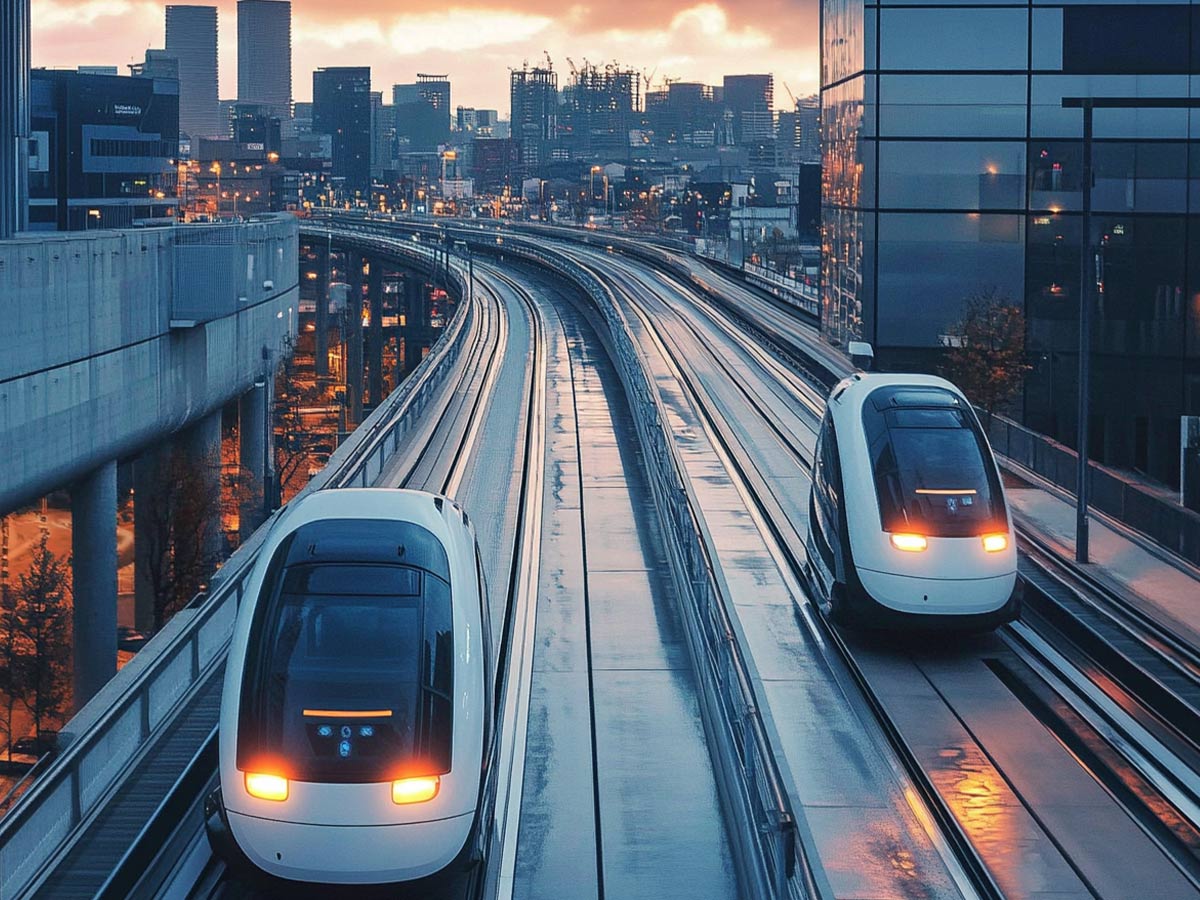
Personal Rapid Transit systems will offer a unique blend of public and private transportation. Small, autonomous pods will travel on dedicated guideways, providing on-demand, point-to-point service. Passengers will simply input their destination, and the system will calculate the optimal route. The elevated tracks will help reduce ground-level congestion. Pods could be designed for various purposes – commuting, shopping trips, or even mobile offices.
Some systems might use magnetic levitation for smoother, faster travel. Smart scheduling algorithms will minimize wait times and maximize network efficiency. Integration with other transport modes will allow for seamless transfers. In some cities, PRT networks might extend into buildings, with pods doubling as elevators.
Electric Air Taxis
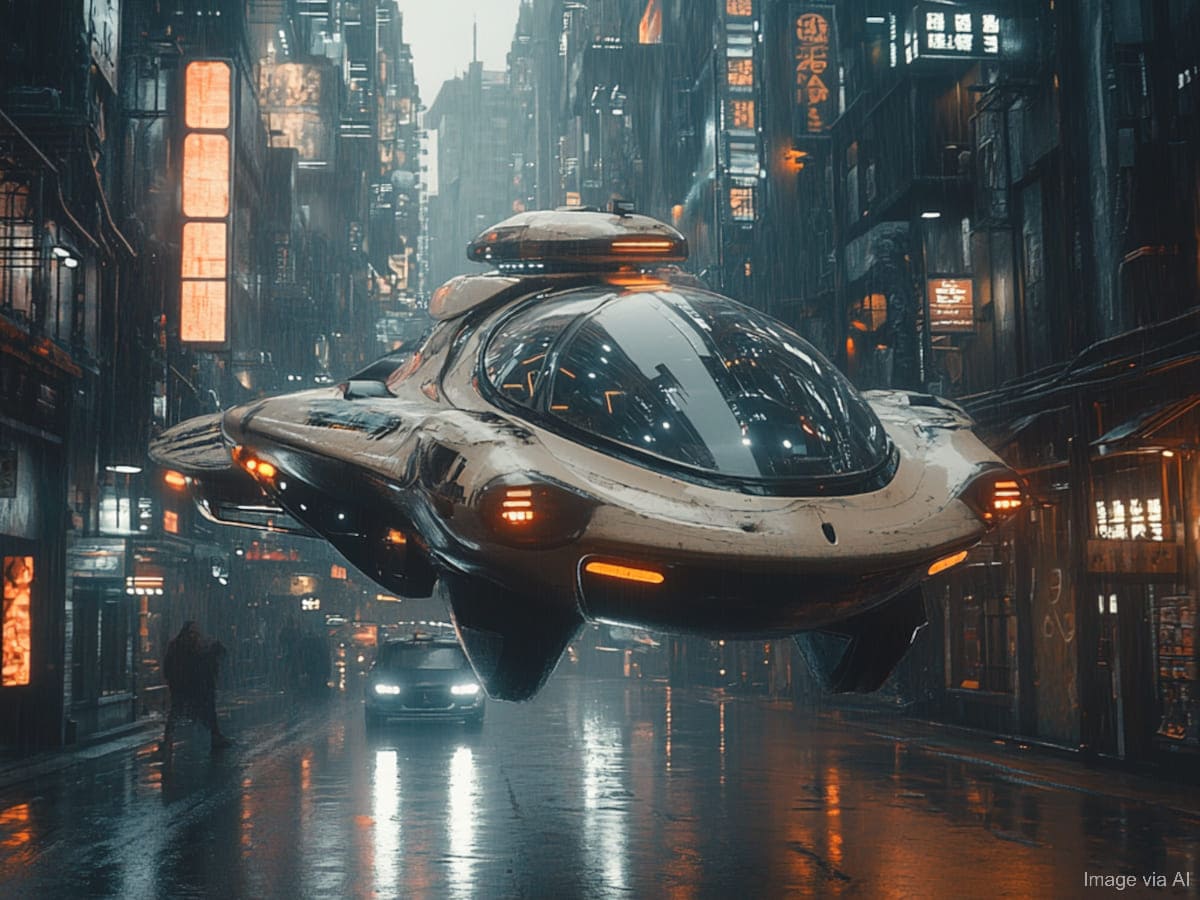
Electric air taxis could revolutionize urban transportation by offering fast, efficient, and eco-friendly alternatives to traditional ground-based travel. Utilizing electric propulsion systems, these vehicles are envisioned to transport passengers autonomously over short to medium distances, bypassing road traffic entirely.
The development of electric Vertical Takeoff and Landing (eVTOL) technology is central to this vision. Companies like Joby Aviation and Uber Elevate are already working on prototypes, aiming to reduce commute times and ease congestion in major cities. As battery technology improves, air taxis could become a practical solution for daily commutes, business travel, or even medical emergencies.
Personal Submersibles

Personal submersibles represent the future of underwater exploration for both recreational and scientific purposes. These small, private submarines allow individuals or small groups to explore oceans and deep lakes, unlocking a world previously accessible only to trained divers or researchers. Advances in pressure-resistant materials, miniaturized life-support systems, and automated navigation are making submersibles safer and more affordable.
With growing interest in ocean tourism, these vessels could enable deep-sea travel, bringing the mysterious underwater ecosystems to the everyday adventurer while also providing researchers with a new way to conduct environmental studies on oceanic life and habitats.
Smart Roads
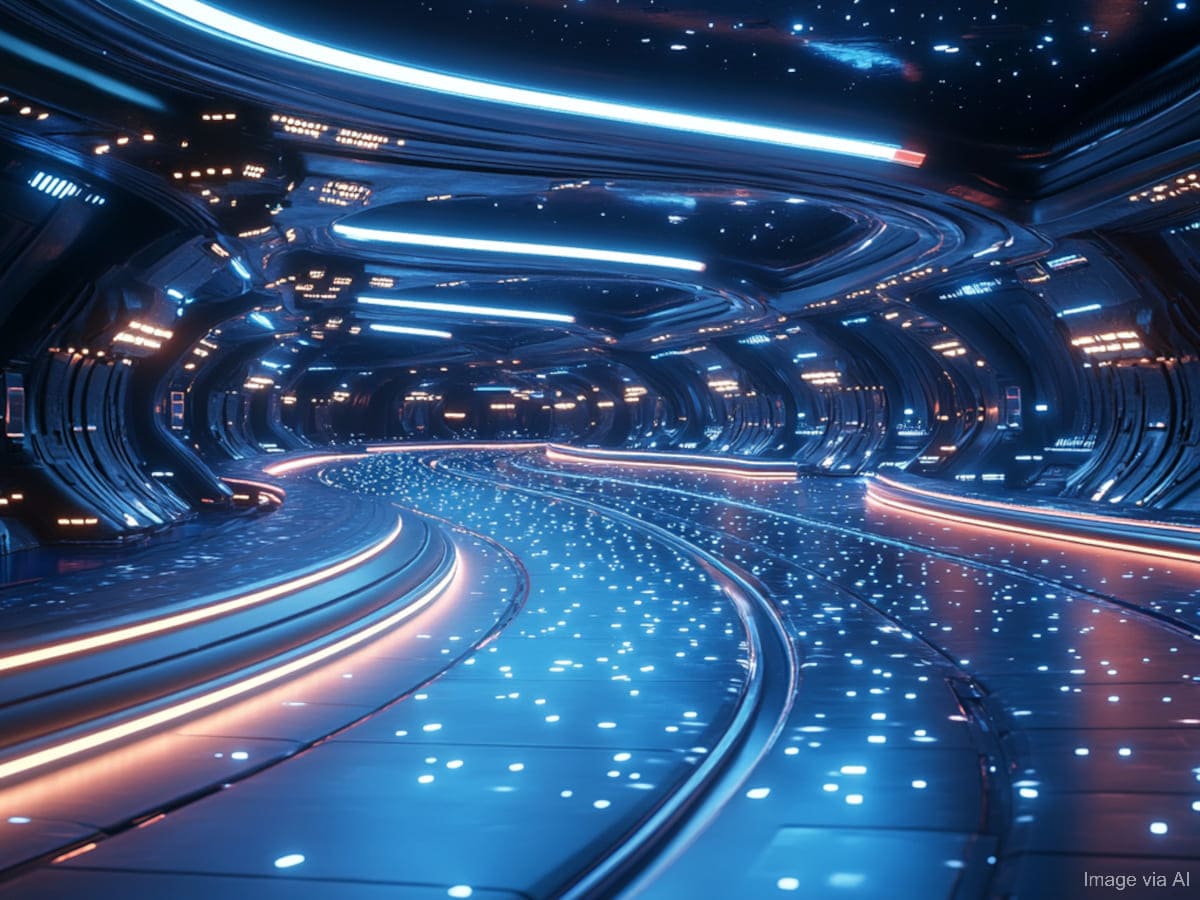
Smart roads utilize embedded sensors, wireless communication, and artificial intelligence to create a safer, more efficient driving environment. These roads are equipped with technology that monitors traffic flow, weather conditions, and vehicle positions, relaying real-time information to both drivers and autonomous vehicles.
Smart roads can also adjust speed limits, guide vehicles through lane changes, and help with hazard detection, reducing the likelihood of accidents. Some concepts even include roads that generate energy through solar panels or kinetic energy. As autonomous vehicles become more common, smart roads will play a pivotal role in guiding them and optimizing traffic in urban and rural areas.
Vertical Farms

Vertical farms combine agriculture with urban infrastructure by growing crops in stacked layers within controlled indoor environments. Using advanced hydroponic, aeroponic, and climate control systems, vertical farms optimize plant growth while using less water and land than traditional agriculture. These farms could be integrated with transportation hubs like train stations or airports, providing fresh produce locally and reducing food miles.
The proximity of vertical farms to urban centers makes them a sustainable solution for food production, minimizing the need for long-distance transportation. They may soon reshape urban landscapes, creating new opportunities for local, sustainable agriculture alongside modern transportation systems.
Solar-Powered Boats
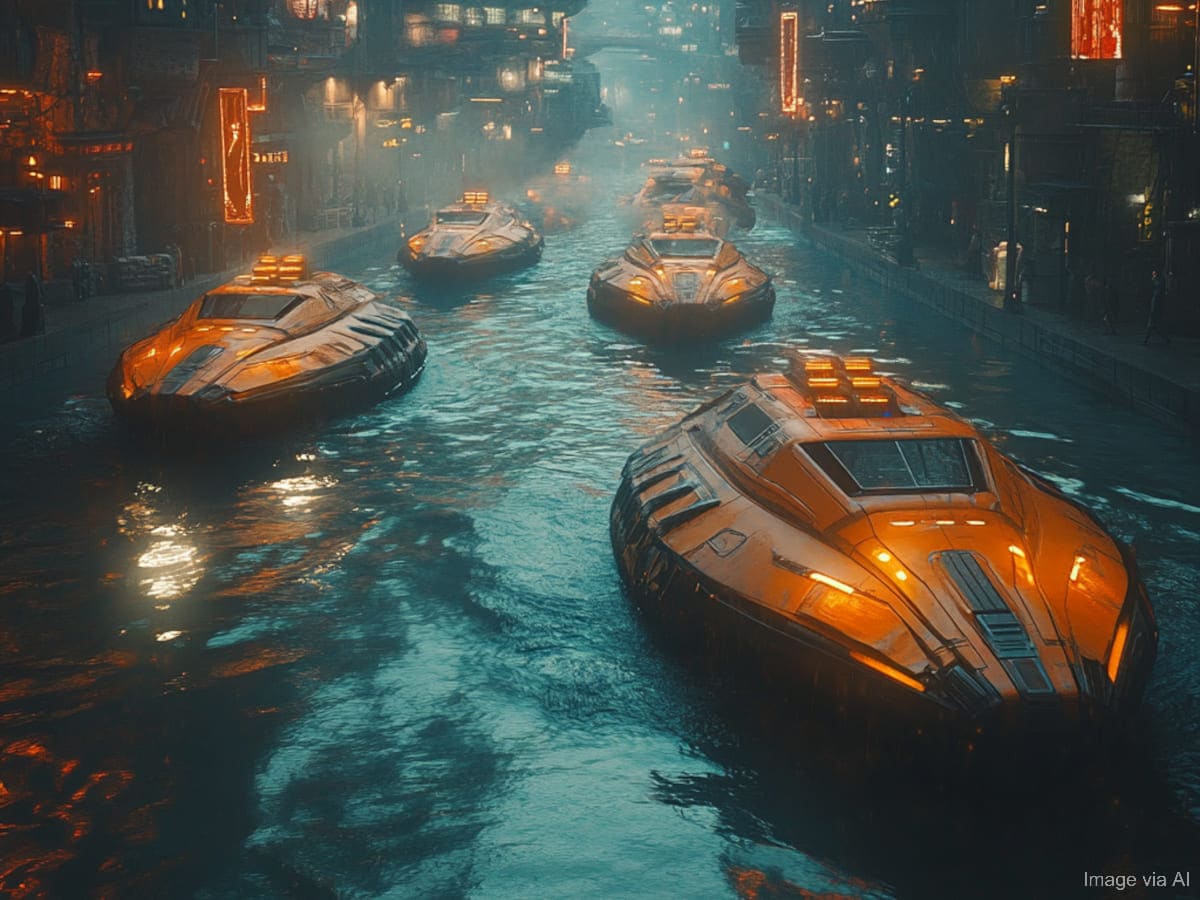
Solar-powered boats harness the sun's energy through solar panels to provide clean, renewable power for maritime transportation. These boats eliminate the need for fossil fuels, drastically reducing their carbon footprint.
With advancements in solar panel efficiency and energy storage technology, solar-powered boats are becoming more practical for both recreational and commercial purposes. They could be used for river taxis, short coastal trips, or even cargo shipping, offering an environmentally friendly alternative to diesel-powered ships.
Hovercrafts

Hovercrafts are unique vehicles that travel over water, land, or ice on a cushion of air created by large fans, allowing for versatile and frictionless movement. Future advancements could make hovercrafts more efficient, eco-friendly, and affordable for everyday use, potentially serving as personal vehicles or commercial transport options for difficult-to-navigate terrains.
Hovercrafts may find widespread application in disaster relief, tourism, or military operations, as they can easily traverse environments that would be impassable for other vehicles. Modern hovercrafts could incorporate electric propulsion, making them quieter and reducing their environmental footprint, thereby increasing their appeal for general transportation.
Modular Trains
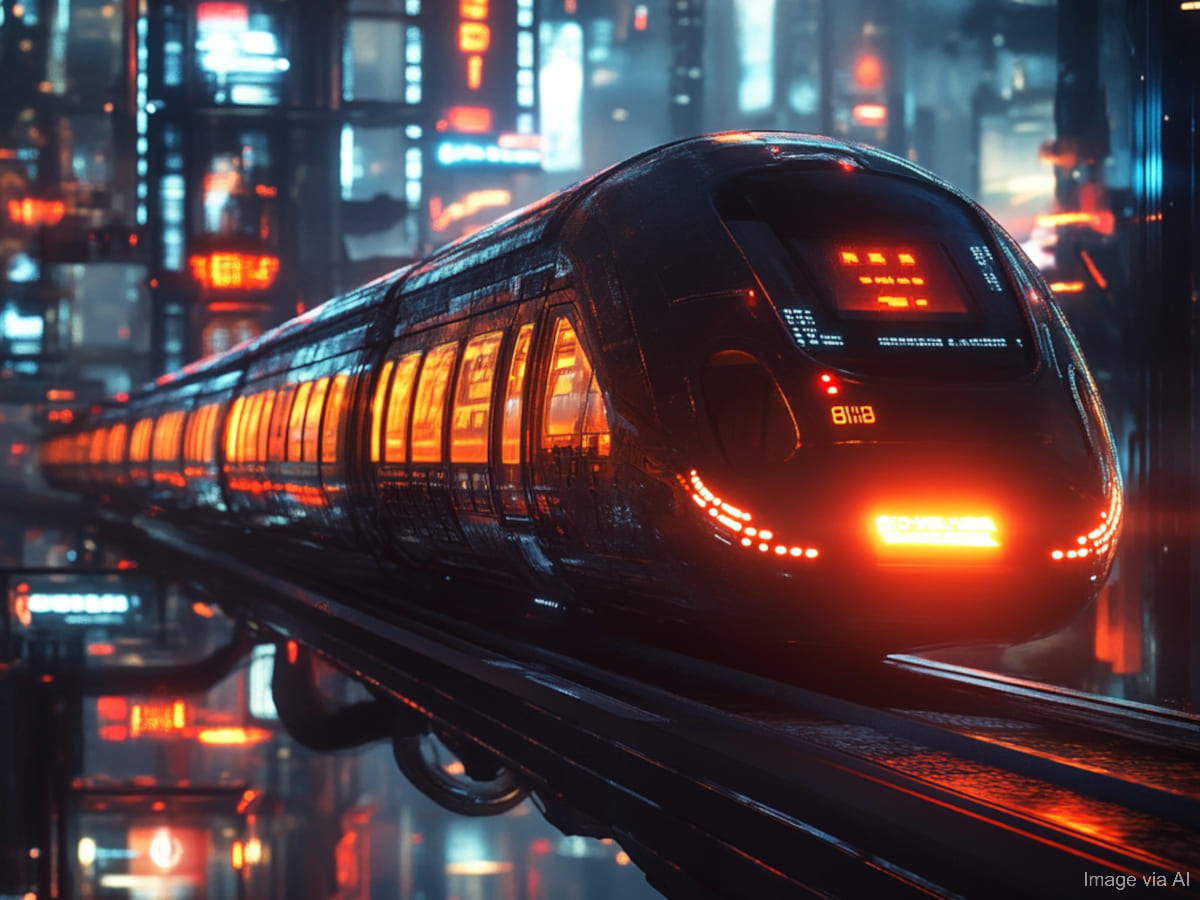
Modular trains could transform rail travel by offering flexible, reconfigurable carriages that adapt to passenger or cargo needs. These trains feature detachable modules that can be added or removed based on demand, optimizing space and efficiency. For example, during peak hours, more passenger modules could be added, while at other times, the train could focus on freight.
Automated systems would manage the modules, ensuring that each train meets the real-time needs of its route. Such a system would reduce energy consumption, maximize efficiency, and offer a more tailored approach to rail travel, revolutionizing both cargo and commuter services.
High-Speed Cargo Drones
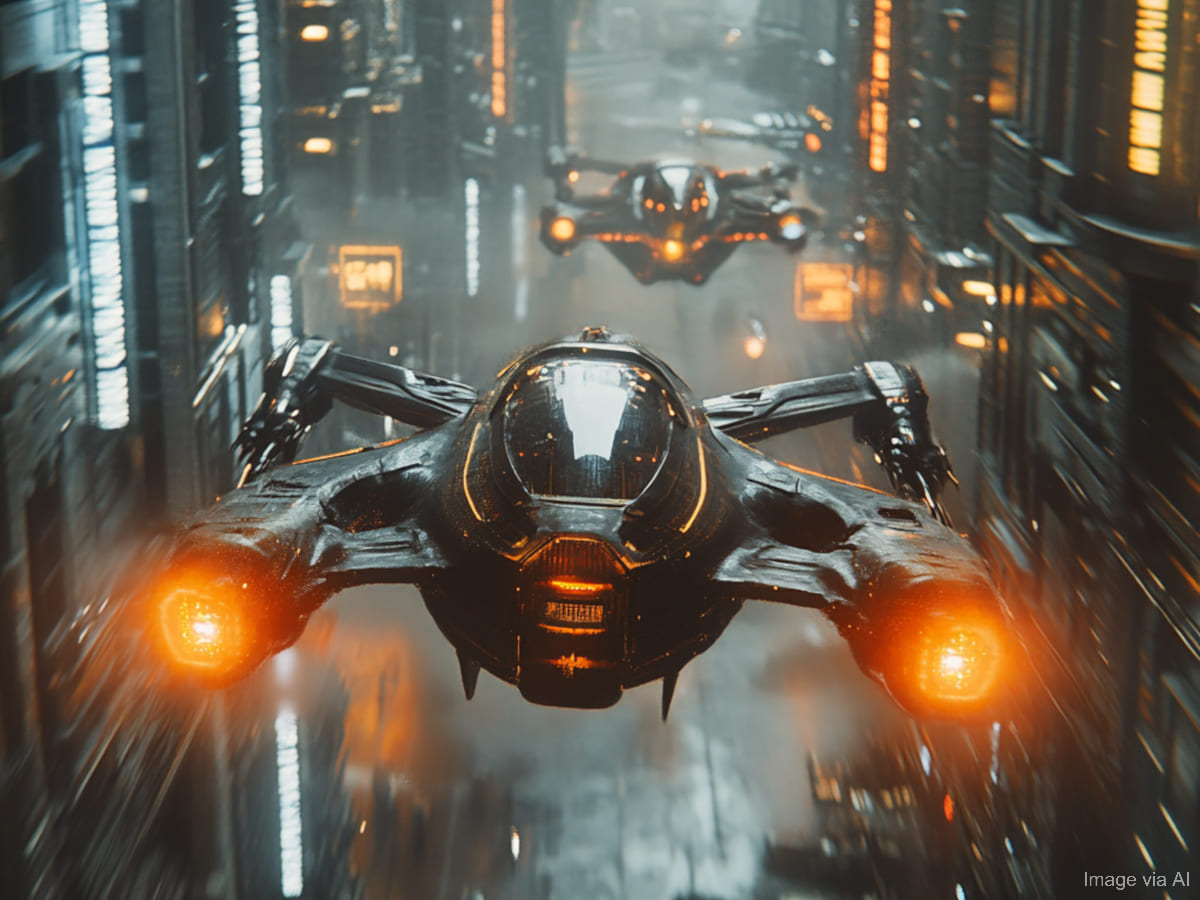
High-speed cargo drones could revolutionize the logistics industry by offering rapid, efficient, and autonomous delivery of goods over long distances. These drones are designed to carry heavy loads while traveling at high speeds, significantly reducing the time it takes to transport goods.
With advancements in battery technology, GPS navigation, and AI, these drones can operate autonomously, navigating through complex environments while avoiding obstacles. They could service remote areas that are difficult to reach by traditional transport methods and reduce reliance on trucks, airplanes, and ships, providing an eco-friendly solution for the global supply chain.
Automated Parking Systems

Automated parking systems utilize robotic platforms and advanced sensors to park vehicles in designated spaces without human intervention. These systems can optimize parking space in urban areas, where land is scarce, by stacking vehicles vertically or arranging them more tightly than human drivers could manage.
Automated parking reduces the need for large parking lots, freeing up valuable urban land for other uses. It also saves drivers time and hassle by eliminating the need to find parking spots manually. With smart city integration, these systems could communicate with vehicles, guiding them seamlessly to the nearest available automated parking structure.
Climate-Controlled Tunnels
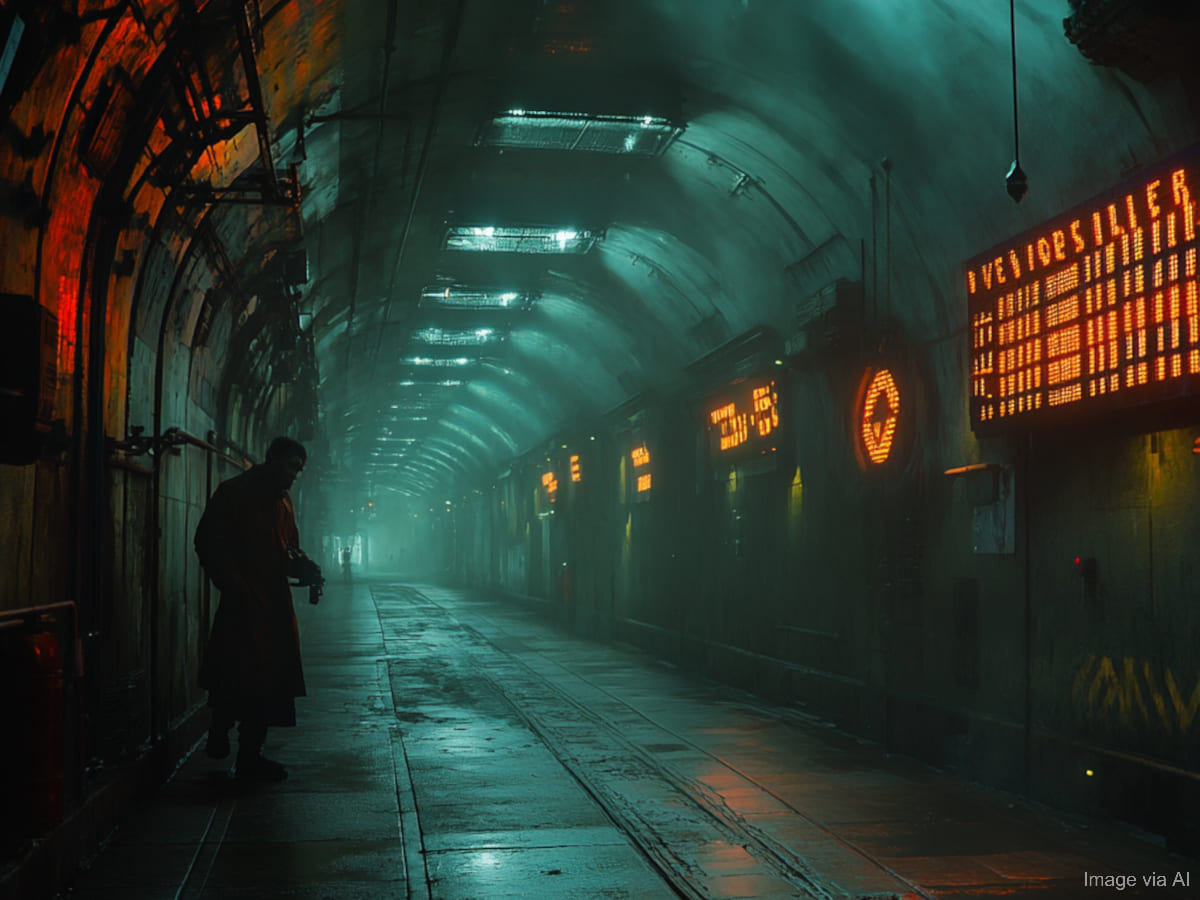
Climate-controlled tunnels offer a futuristic solution to environmental challenges that impact transportation, such as extreme weather conditions. These tunnels are designed to protect vehicles and passengers from heatwaves, cold snaps, heavy rains, or snowstorms, maintaining a stable internal climate regardless of outside conditions.
Ideal for cities with harsh weather, climate-controlled tunnels would ensure reliable, year-round transportation and could house roadways, train tracks, or pedestrian walkways.
 Author
James Stephens
Last Updated: November 05, 2025
Author
James Stephens
Last Updated: November 05, 2025